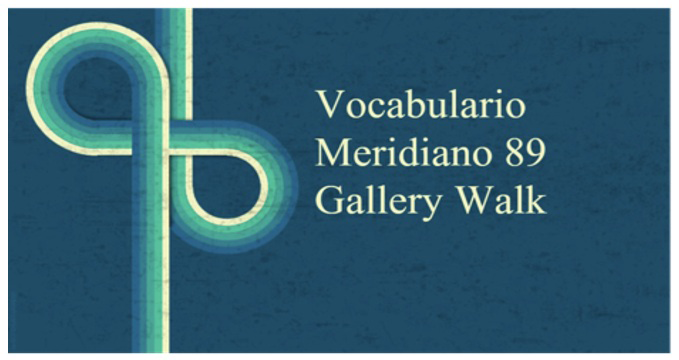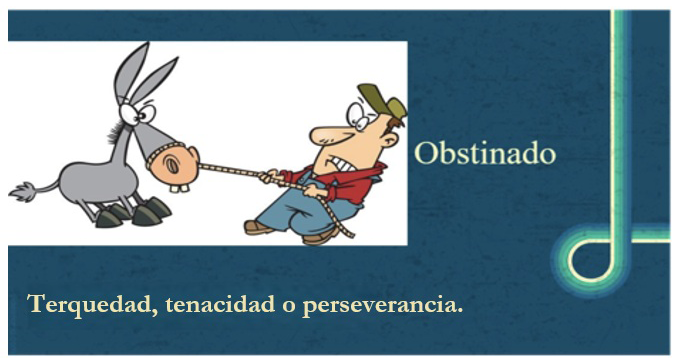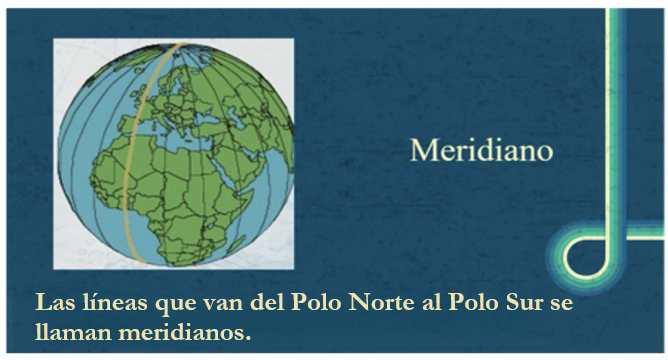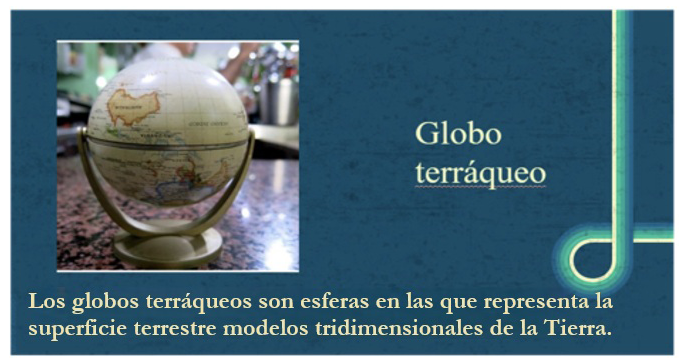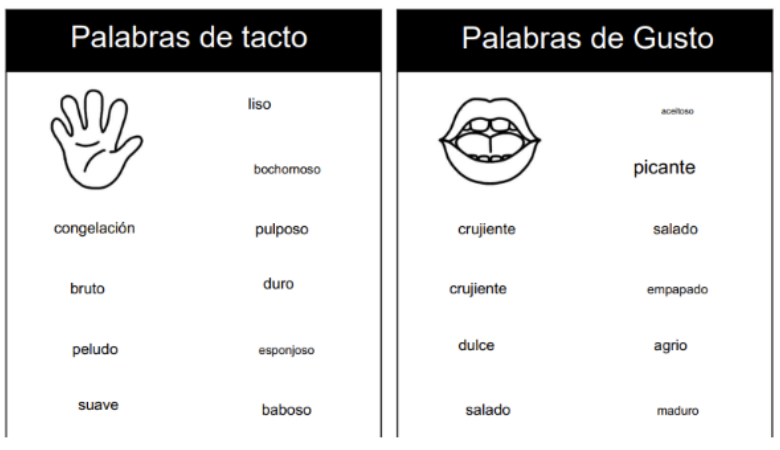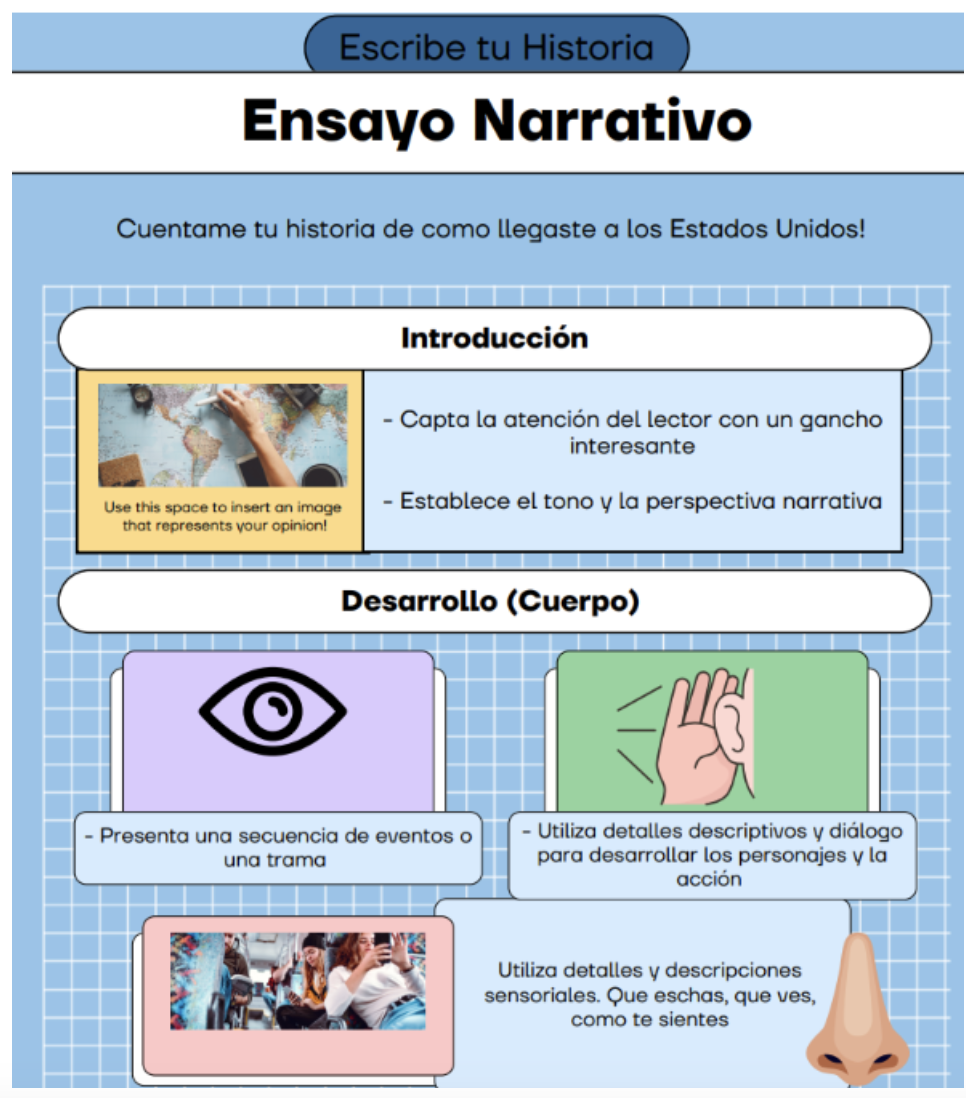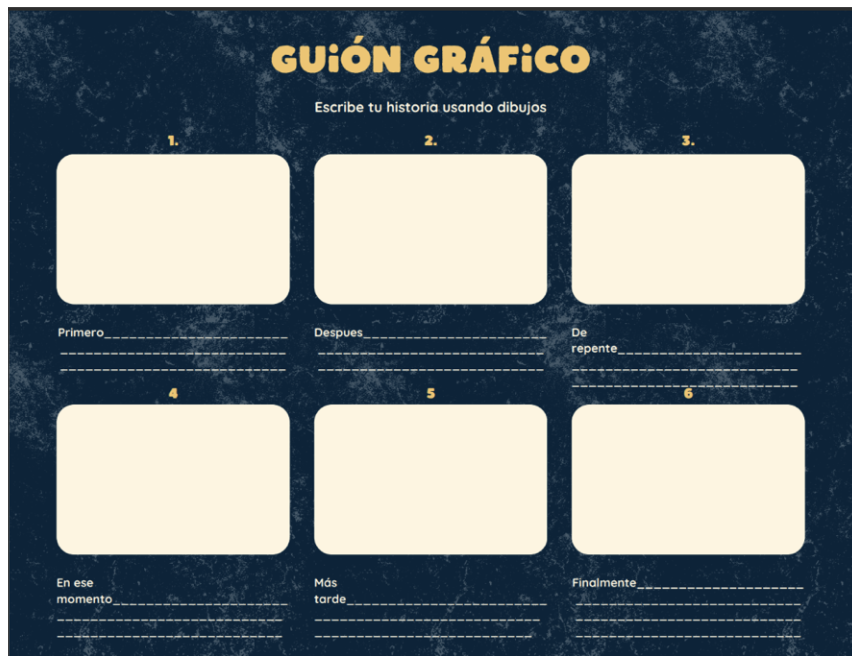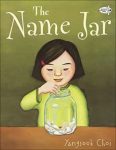Creating Instructional Units Aligned to English and Spanish Language Development Standards
Margaret Churchill1, Katarina Dominguez2, and David Gardiner3
- William Paterson University and Closter Public Schools, New Jersey
- Paterson Public Schools, Paterson, New Jersey
- South Hunterdon Regional School District
Background
In August 2023, the NJDOE approved the 2020 WIDA Standards Framework as the English language development standards (ELD) for use in all classrooms for the teaching of multilingual learners (MLs). Since all teachers share responsibility for ML outcomes, language instruction should be integrated into all content learning based on academic standards. Additionally, the strategies and materials used for instruction need to be appropriate for the English language proficiency levels of the students (source: Title III, Part A, Language Instruction for English Learners)
With district implementation expected in the 2024-25 school year, the timing is right to share exemplars of instructional units that put into practice WIDA’s Big Ideas: Equity, Integration of Content and Language, Collaboration, and a Functional Approach to Language.
Unit Development
Graduate students in the bilingual or ESL certification program at William Paterson University are required to create a multi-lesson content-area unit of instruction designed for bilingual or ESL settings that serve multilingual learners. This three-lesson unit follows a language and literacy-based design: building background (listening-viewing-speaking), reading (annotation and deconstruction), and summative assessment (spoken or written). Students selected Key Language Uses from the WIDA ELD and the Marco DALE Spanish Language Development (SLD) standards within grade level clusters to make explicit the language expectations, functions, and features embedded within content instruction. Each lesson had specific requirements of language development to support students’ language acquisition: multimedia input, academic discussion, tiered vocabulary, meaning-making during reading (through annotation and text deconstruction), preparation of expressive language for a speaking or written task, student planning, and production of a final product (assessment).
| Lesson 1: Building Background | Lesson 2: Reading for Meaning Making | Lesson 3: Expressive language product |
|---|---|---|
| Multimedia viewing | Initial read | Language preparation |
| Academic discussion | Text annotation | Student planning for response |
| Tiered vocabulary exploration | Text deconstruction and comprehension questions | Production - spoken or written using anchor chart |
The following samples serve to amplify this process to ensure equitable access to content and language instruction that places professional collaboration of bilingual and ESL teachers at its center.
ESL Unit Sample 1
By Katarina Dominguez, ESL teacher, Paterson Public Schools
The following excerpts are from a second grade ESL Science unit about how to care for plants.
The unit developed out of a love for plants and an interest from students to learn about how to care for them. The WIDA ELD Standard Explain- Language for Science was selected as the anchor standard for this unit. By the end of the unit, students would be able to explain, verbally or orally, what plants need to successfully grow. The unit also includes various second grade English Language Arts and Science standards.
The unit was composed of three lessons and an experiment.
The first lesson began with activities that would begin to build students’ background knowledge and increase their interest in the topic. These activities included a nature walk and viewing a video. Then, students would participate in a discussion about what they learned from the nature walk and video. Students would use scaffolded Talk Moves to aid their conversation. Next, students would begin their unit long study of specific vocabulary words through a gallery walk and complete a differentiated Frayer model handout with a partner. The vocabulary words taught were also scaffolded. Students would conclude the first lesson by adding a Post-it with one new learning to a class anchor chart.
Highlighted below are two of the vocabulary word posters students would view during their gallery walk. The posters are for the Tier 3 words- life cycle and germinate.

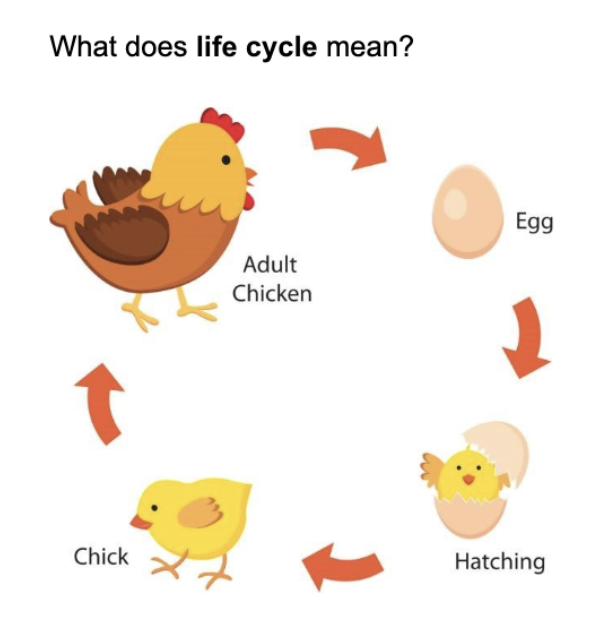




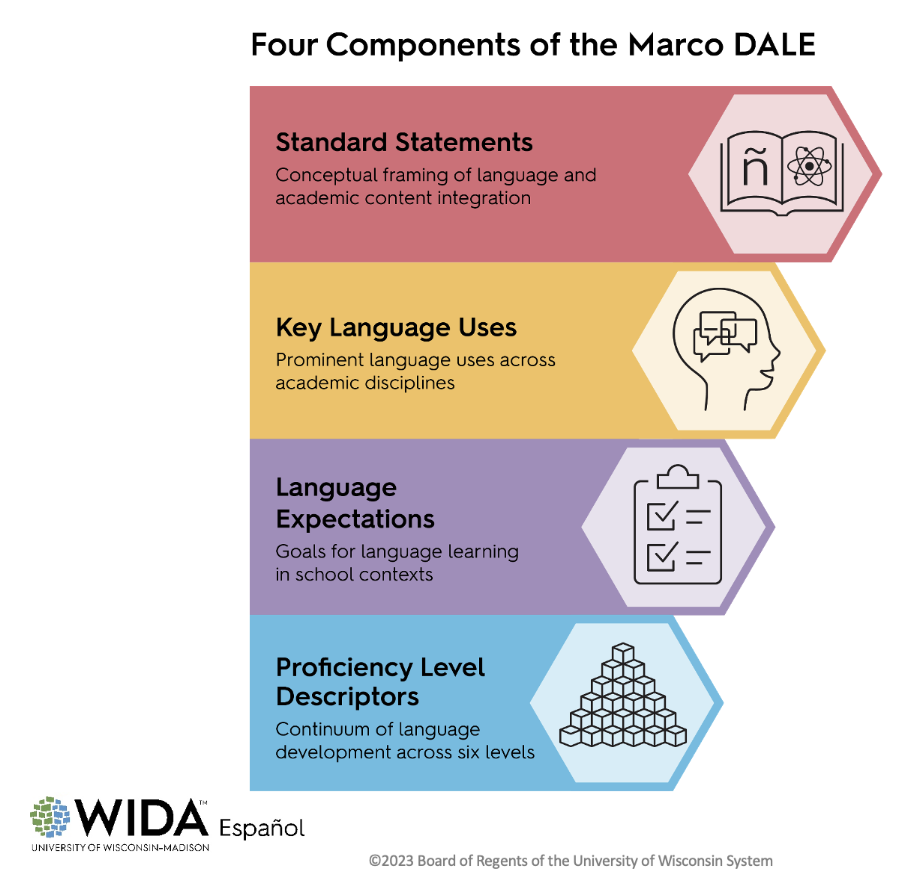
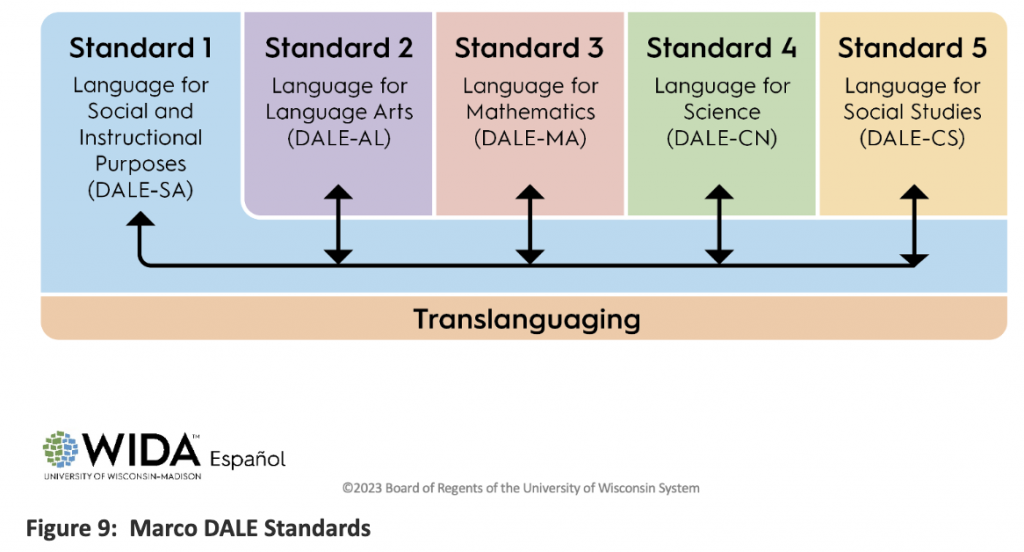
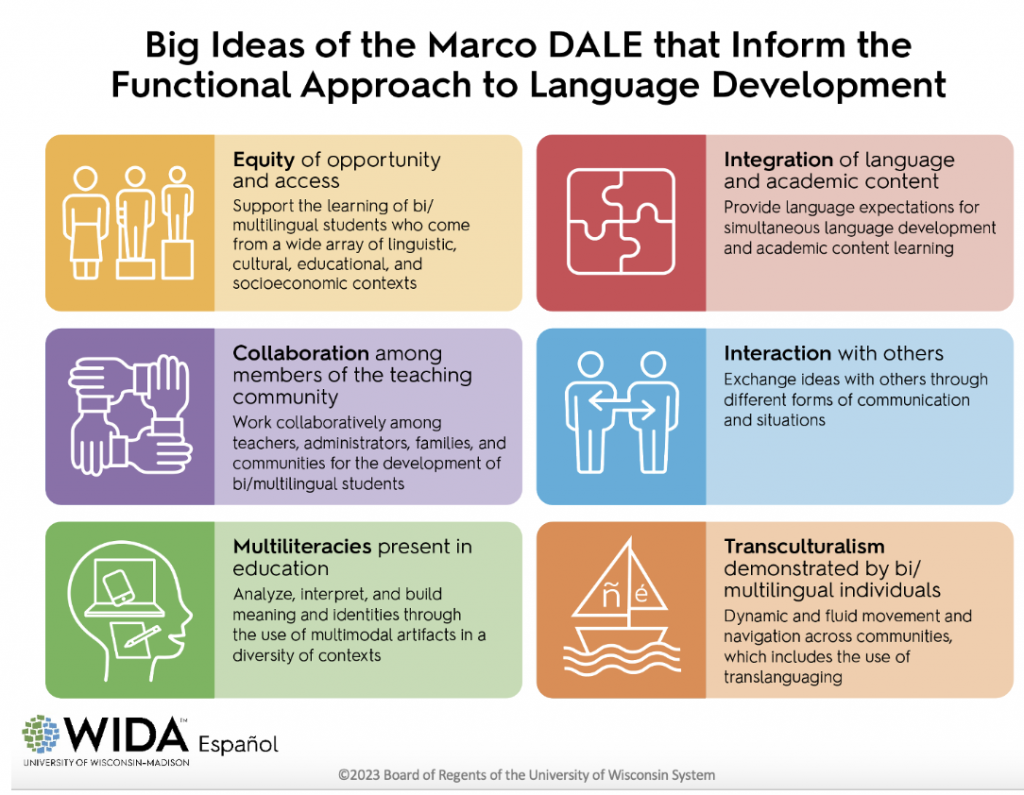 Figure 4: Marco DALE Big Ideas
Figure 4: Marco DALE Big Ideas
